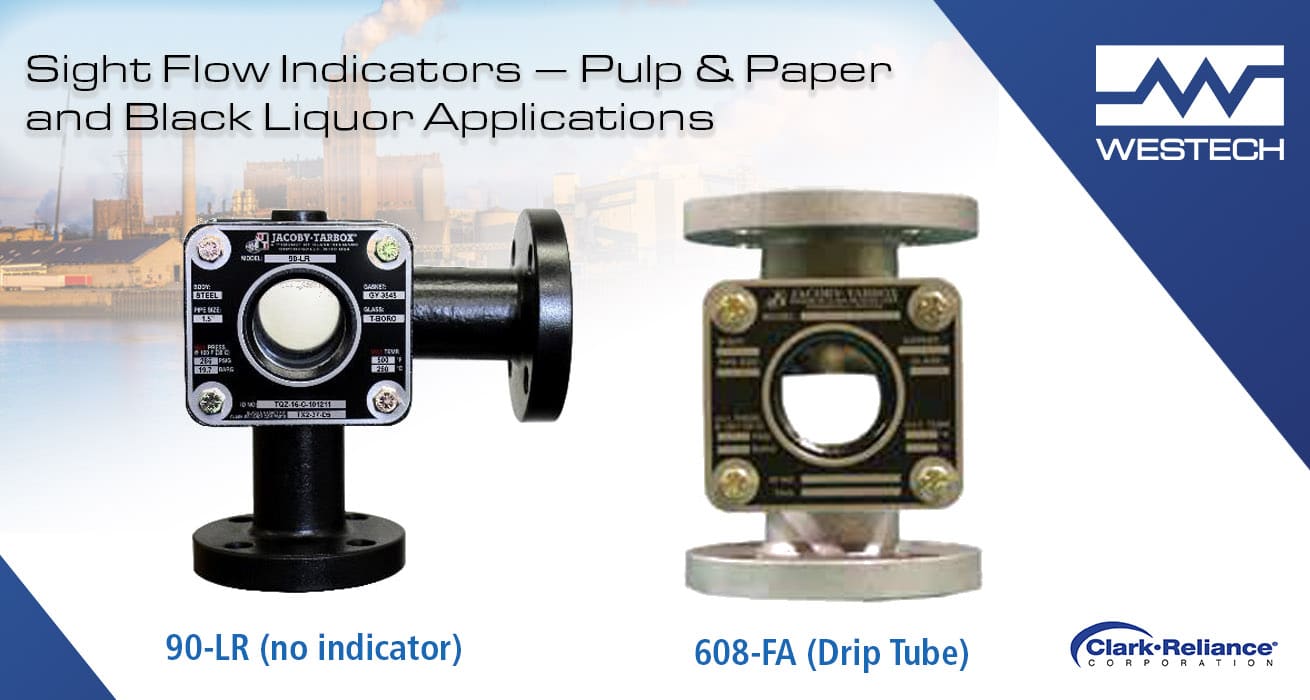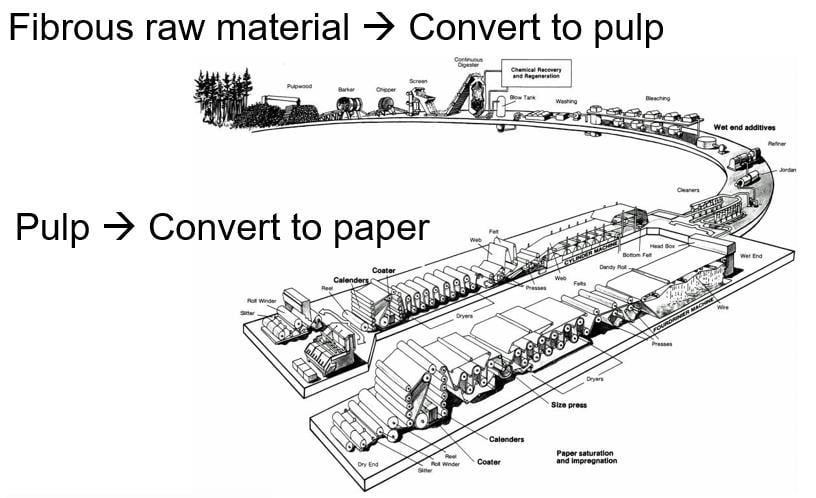Sight Flow Indicators – Pulp & Paper and Black Liquor Applications

Figure 1: Sight Flow Indicators
Breaking down wood into usable fibers to create paper products is aggressive and demanding. This chemical-based process can be challenging for materials used in pipe, fittings, and specialty instrumentation. Sight flow indicators, like the examples in Figure 1 below, provide valuable insight into various applications by providing a direct view into systems and processes.

Figure 2: Paper Production – Two-Step Process
Processes supporting paper production include:
- Wood preparation
- Pulping - to separate and clean the fibers
- Beating and refining the fibers
- Diluting to form a thin fiber slurry
- Suspended in solution
- Papermaking
- Forming a web of fibers on a thin screen
- Pressing the web to increase the density of the material
- Drying to remove the remaining moisture
- Finishing, to provide a suitable surface for the intended end use
- Bleaching
- Chemical recovery
A graphical representation of paper production is shown in Figure 2.
Converting Fibrous Raw Materials to Pulp
Fibrous raw materials are converted to pulp most often using the Kraft Liquor Cycle. White liquor is sent to the digester. When the liquor leaves the digester, it is now black liquor. The digester exhaust lines often have sight flow indicators in line, commonly with flapper indicators. The combination of black liquor, steam, and assorted debris form a chemically aggressive combination that can attack glass. The liquids and high velocities have led to glass failures in as short as a few days in service. Shielding, shown in Figure 3 below, is installed between the process and the glass, but the material chosen must protect the glass from the chemical while being tough enough to withstand the impact of the debris and potential movement of the indicator components. The physically toughest shielding material is Mica. Mica, sometimes combined with unit modifications, has led to the greatest increase in unit duty cycle. While glass is employed less often in both white and green liquor portion of the cycle, glass would perform well, as long as it is shielded from the liquors. The lack of debris in these systems decreases the potential for physical impact, so other shielding may be employed, such as FEP or PCTFE. I any systems that introduce a vacuum, the PFA based UniShield window protection would be preferred. Unlike FEP, PCTFE, and Mica, UniShield window protection is bonded to the glass, forming a continuous bonded shield that can withstand vacuum in service.

Figure 3: Shield options – (Left to right) Mica, FEP, PCTFE (Kel-F), UniShield (PFA)
Converting Pulp to Paper
When moving from the “Raw Material to Pulp” side of the process, to the “Pulp to Paper” side of the process, everything within production cycle becomes more defined. Think of mining for a metal versus using different metals to create a specific alloy. The vehicle for this process is the paper machine. Here, the processes may vary slightly from manufacturer to manufacturer, but the core activities and what users want to see is very consistent. End users do not seek to view the process, but rather evidence that the process is continuing in an efficient manner. Maintaining a consistent flow of both the steam and the condensate in the drying cylinders is essential to consistent and efficient drying. With over 100 cylinders in many machines, and a flow that varies greatly, instrumentation is not as effective as actually seeing the condensate and steam discharge from the drying cylinders. The lines are partially filled with condensate leaving a larger vapor space. For this reason, a sight flow indicator with a drip tube indicator is often used to “centralize” the flow and place it within the user’s view. The piping runs horizontally out of the drying cylinders and then turns vertically downward to the main condensate return. This gives the machine manufacturer or the end-user the option of having a vertically installed, in-line (straight), or a 90-degree sight flow indicator, thus eliminating an elbow. Figure 1 shows both styles, with the in-line unit having the drip tube installed.
The challenge within this service is the thermal cycling. Different mills use the machines in varying capacities and can run for very long periods. Between the production cycles, the machine may or may not be allowed to cool. Predictability of maintenance, or even unit sealing performance is very difficult as a result of this process variation. Unlike valves and fittings with flanges that can be torqued up tight and left alone for years at a time, sight flow indicators are instruments built with a glass component and are assembled with a much lower torque value. Manufacturers typically reference checking the torque upon receipt, then again after the first thermal cycling of the unit, and additionally recommend that there be a preventative maintenance program that includes periodically checking the torque at an interval chosen by the end-user. Paper producers have routinely complained about the demand this process places on their staff and continue to seek a better solution.
Jacoby-Tarbox, in conjunction with paper mills, continues to work on optimized configurations to not only maximize the duty cycle of the unit, but also the interval at which the unit requires attention for preventative maintenance. In the most recent iteration, the units installed were still in service at the time of the initial release of this brief. These units, which were installed on the condensate return line from the dryer upon receipt from the Jacoby-Tarbox, were not adjusted nor was the torque checked. These have been in service for over three and a half (>3 ½) years and remain untouched. In previous installations with units that were not optimized for the paper-making application, some attention was required in the first 12 months. Those units were also installed directly from Jacoby-Tarbox with no torque check at any time. When the units were finally in need of service, the only “service” performed was to update the torque.
Increasing demand from process changes, such as running at higher pressure to produce “fluff” instead of simple bleached paper, or perhaps taking the system down more frequently can impact unit life. The modifications to seal gaskets, torque values, and shielding may vary slightly for specific processes, mainly for chemical compatibility, but once the installation is made, the units will work within the piping system’s ratings. Success is achieved be examining gasket binders, compressibility, potential for creep and relaxation, and then reviewing bolting’s role in system tension to ensure the unit integrity is maintained.
Clark-Reliance Corporation, in addition to Jacoby-Tarbox sight flow indicators, supplies a wide range process and boiler level gauges, in both glass direct reading and magnetic indirect reading styles. Each core brand within Clark-Reliance Instrumentation has more than 100 years of experience and we look forward to our next challenge.
LEARN MORE
Call us today at 1-800-912-9262 to learn more about our Clark Reliance Jacoby Tarbox Sight Flow Indicators.
